Do Androids Dream of Disorienting Maps?
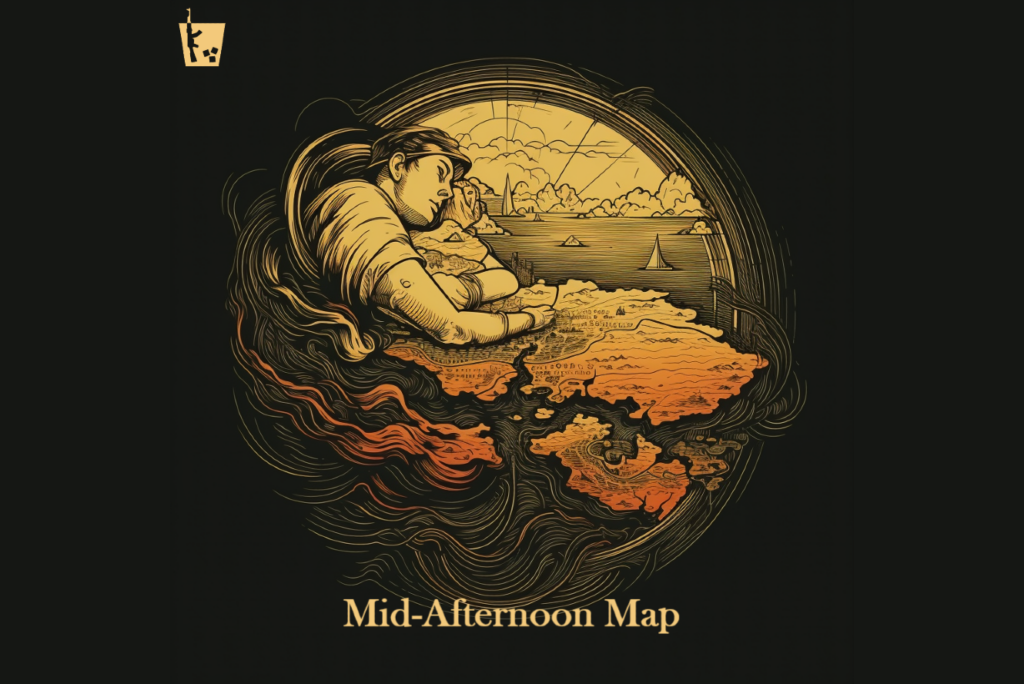
This is a sneak preview of Mid-Afternoon Map, our exclusive members-only newsletter written by Nick Danforth that provides a cartographic perspective on current events, geopolitics, and history from the Caucasus to the Carolinas. To get Mid-Afternoon Map in your inbox – and to gain access to all of our members-only podcasts and newsletters, including The Russia Contingency with Mike Kofman, The Adversarial and In Brief newsletters, and podcasts including The Insider and Unspent Rounds – become a War on the Rocks Platinum member today.
***
On April 1st, War on the Rocks announced it was transitioning to an all-AI platform. The number of people of people who took the announcement seriously was, I fear, a testament to how overhyped the conversation around AI has become.
We have published some fantastic submissions on the subject over the years, but also been thoroughly baffled by many others. After puzzling over a lot of exuberantly nonsensical AI promotional material, I was pleased to recently see the journalist Patrick Radden Keefe describe a company’s website as containing “language so laden with jargon that it cannot be explicated.” Keefe, who successfully unraveled a decades old IRA killing, clearly knew when he had met his match.
Suffice it to say, AI excels at certain tasks, like generating Byzantine icons of dinosaurs, but shouldn’t be trusted with others, like directing an assassination campaign. Of course, the real test of this technology is how it does with historic maps. In order to find out, I asked ChatGPT to create them for a number of my favorite cities. You can judge the results for yourself. For my part, I’m still trying to decide where exactly they each fall on the scale of charming to nightmarish.
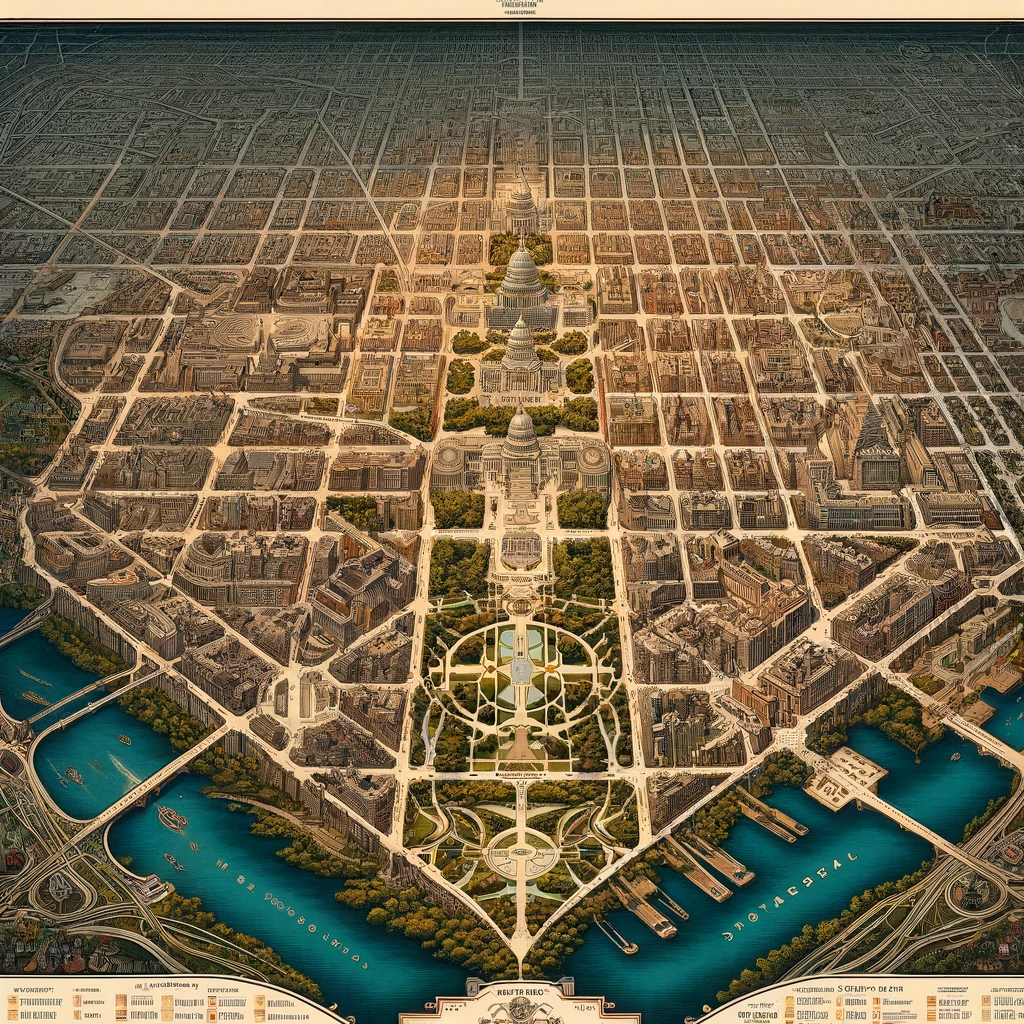
Let’s start here at home. In response to the prompt: “show me a historic map of Washington,” ChatGPT came up with this beautiful bastardization of L’Enfant’s vision. There is, undeniably, something spot on about the vibe. The National Mall has been redone in the style of a French garden, but the city’s overall grid pattern and diamond shape are there. The buildings in the foreground are all appropriately bureaucratic and the loops of highway over in Arlington are appropriately convoluted. The first Capitol isn’t bad either. It’s just that there are three more behind it, all looking like rejected architectural drafts. The Anacostia River has been renamed the эπφtдcəcac, while the Potomac proudly defies transliteration. Indeed, trying to make out the words on AI-generated maps usually feels like taking an eye exam in Amharic while seeing double.
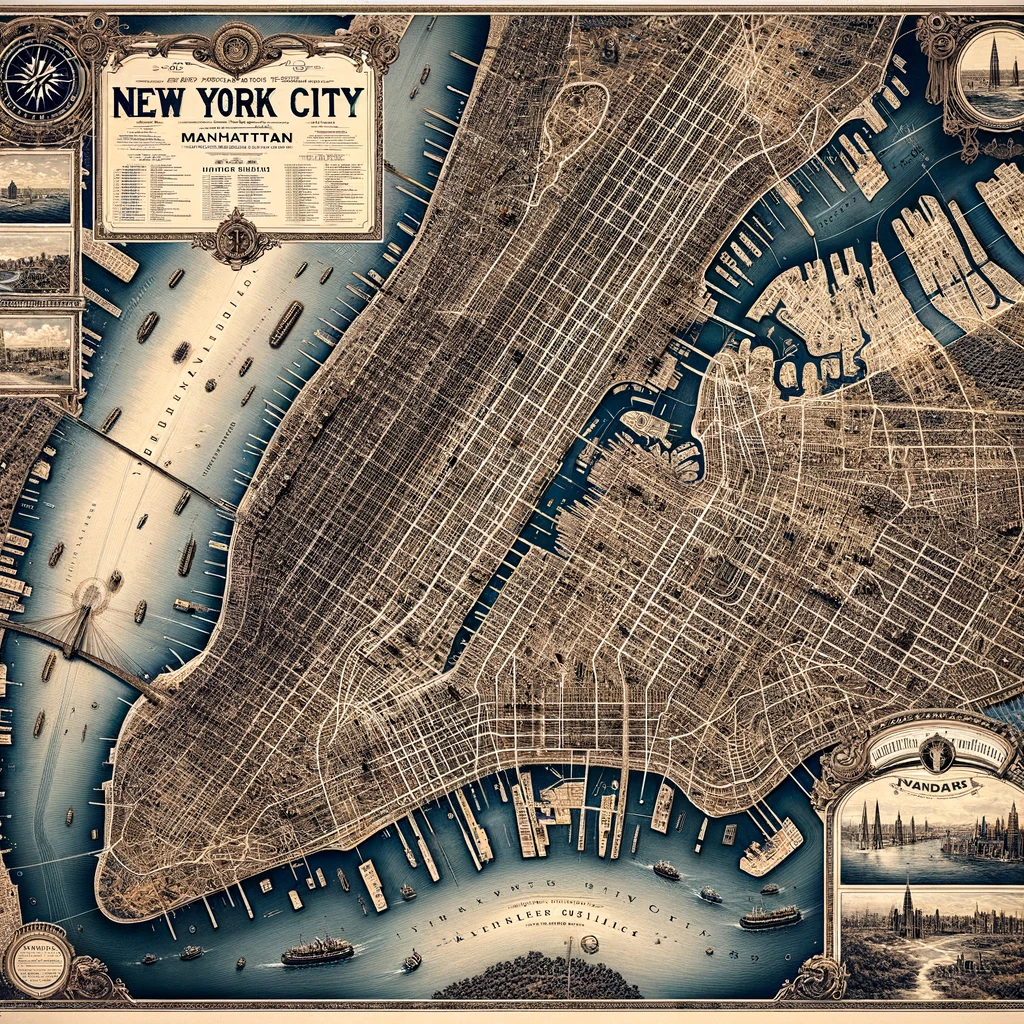
Now consider New York. It’s pretty good too. Manhattan and Long Island are merged, the Brooklyn Bridge now spans the Hudson, and Central Park has been developed. Still, the whole thing feels right, from the docks to the colors to the irregular layout around Wall St. Even the extra T in MANHATTTAN feels like it belongs somehow. In short, I wouldn’t give this to a tourist trying to find Katz’s, but if it was hanging on the wall, it would take a minute to realize something was amiss.
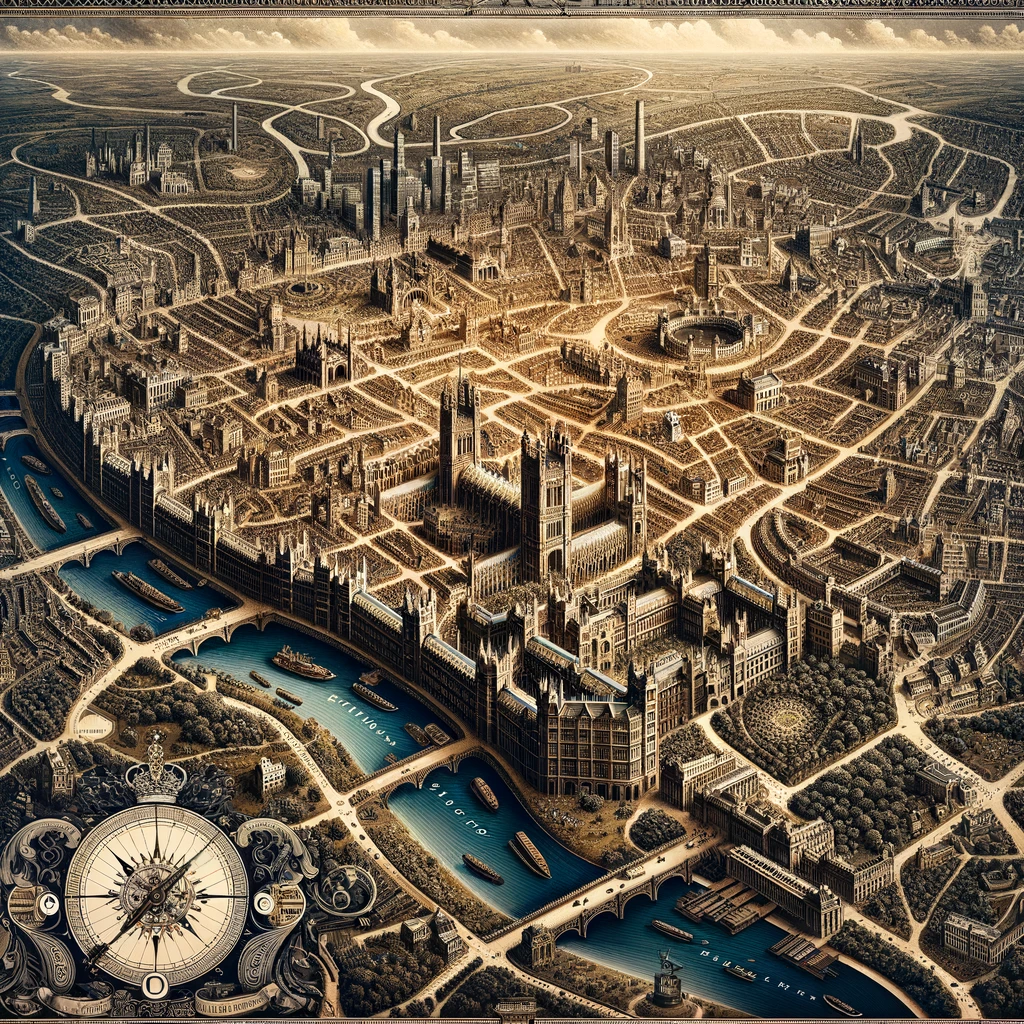
With London and Paris, the atmosphere grows more menacing. Perhaps ChatGPT grew up reading Orwell, or just internalized a dark, 19th-century foreboding from too much Dickens and Hugo. London’s streets spiral out in a winding maze, while a long, unending building claustrophobically walls off the Thames. And for a final, infernal touch, the compass rose in the bottom left has been replaced with an indecipherable, crown-topped clock.
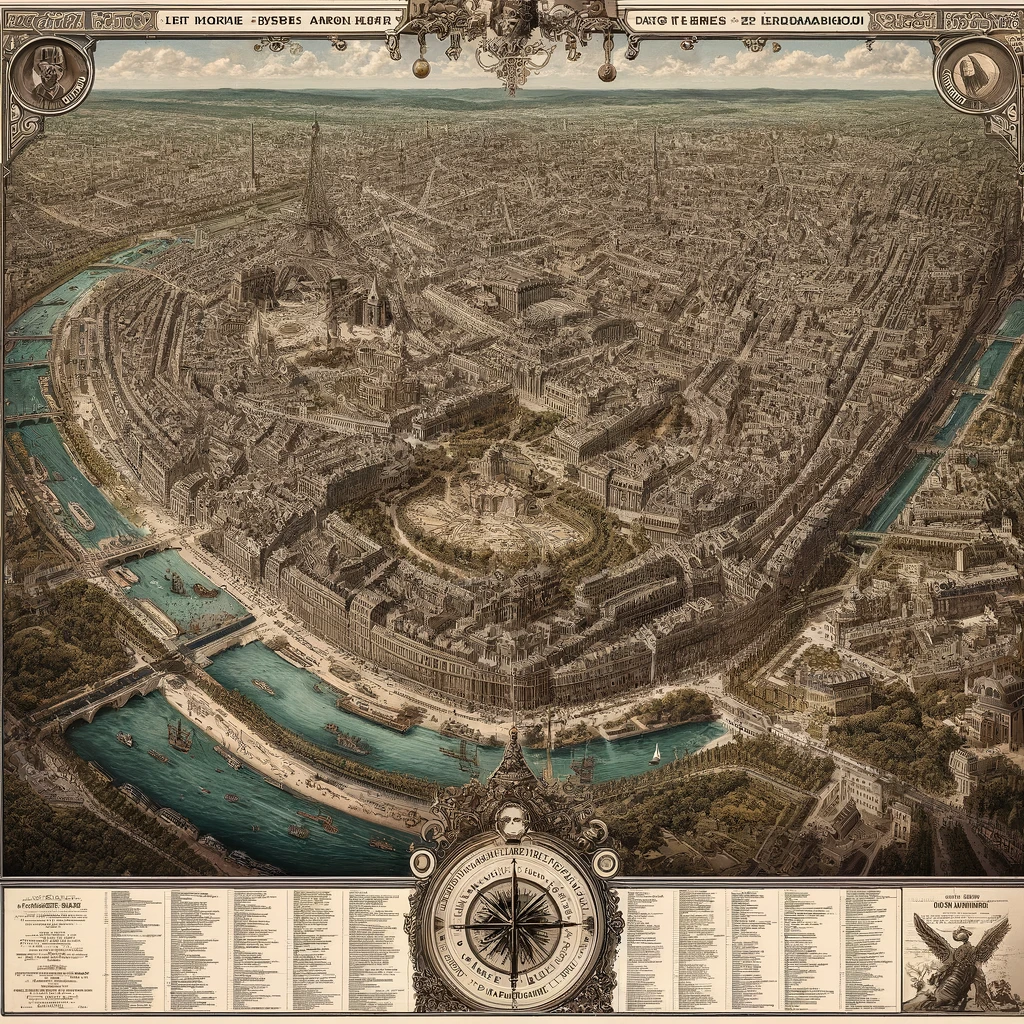
Paris, by turn, seems like a grand, grey ruin. Everything appears to be disintegrating, and besides the Eiffel Tower, and perhaps a bricked-up arc de triumph, there are no landmarks to speak of. It may be that the apocalypse has come and gone and no one really cared. In either case, I’m eager to move on.
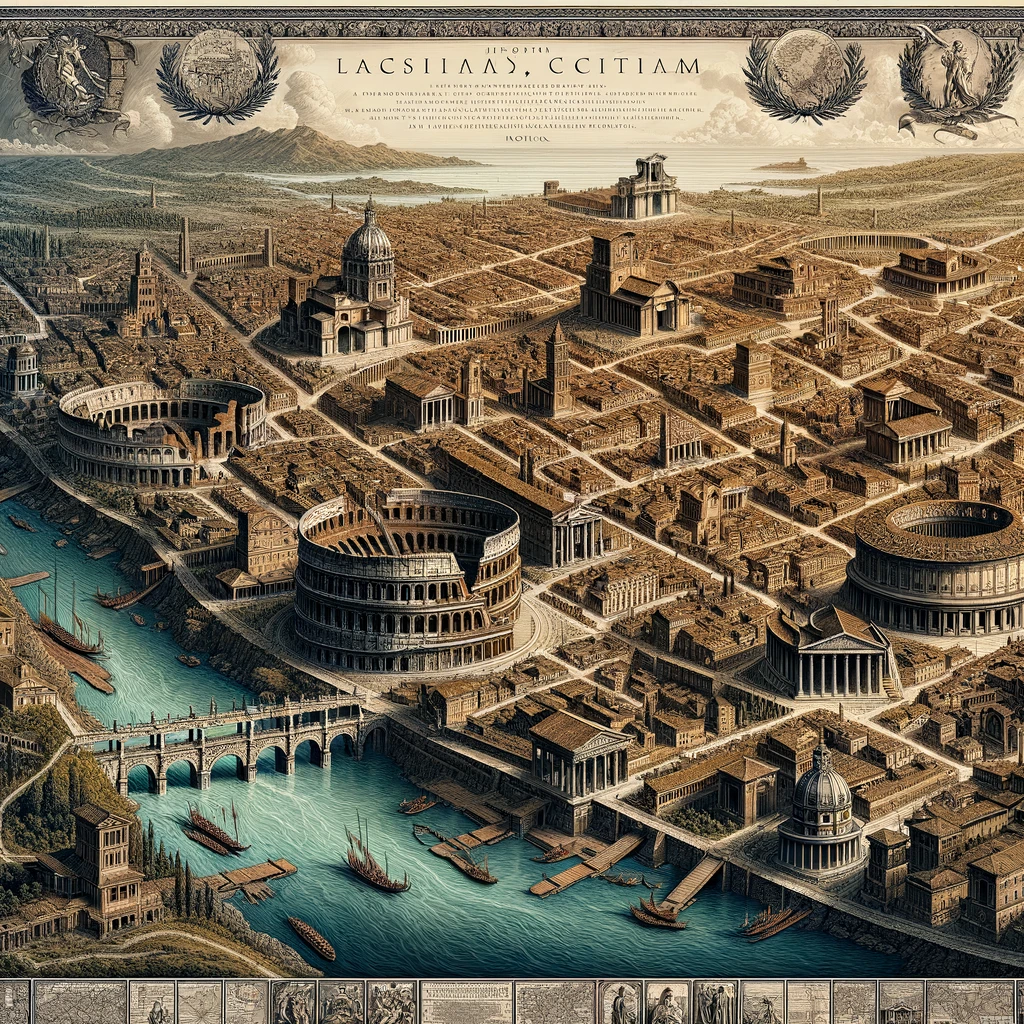
Rome, by contrast, has all of the landmarks. If a city looks good with one coliseum, it’s safe to assume it will look better with three. And the beauty of AI is you can make it keep adding more. In fact, if you want a coliseum inside the coliseum, it can sort of do that too.
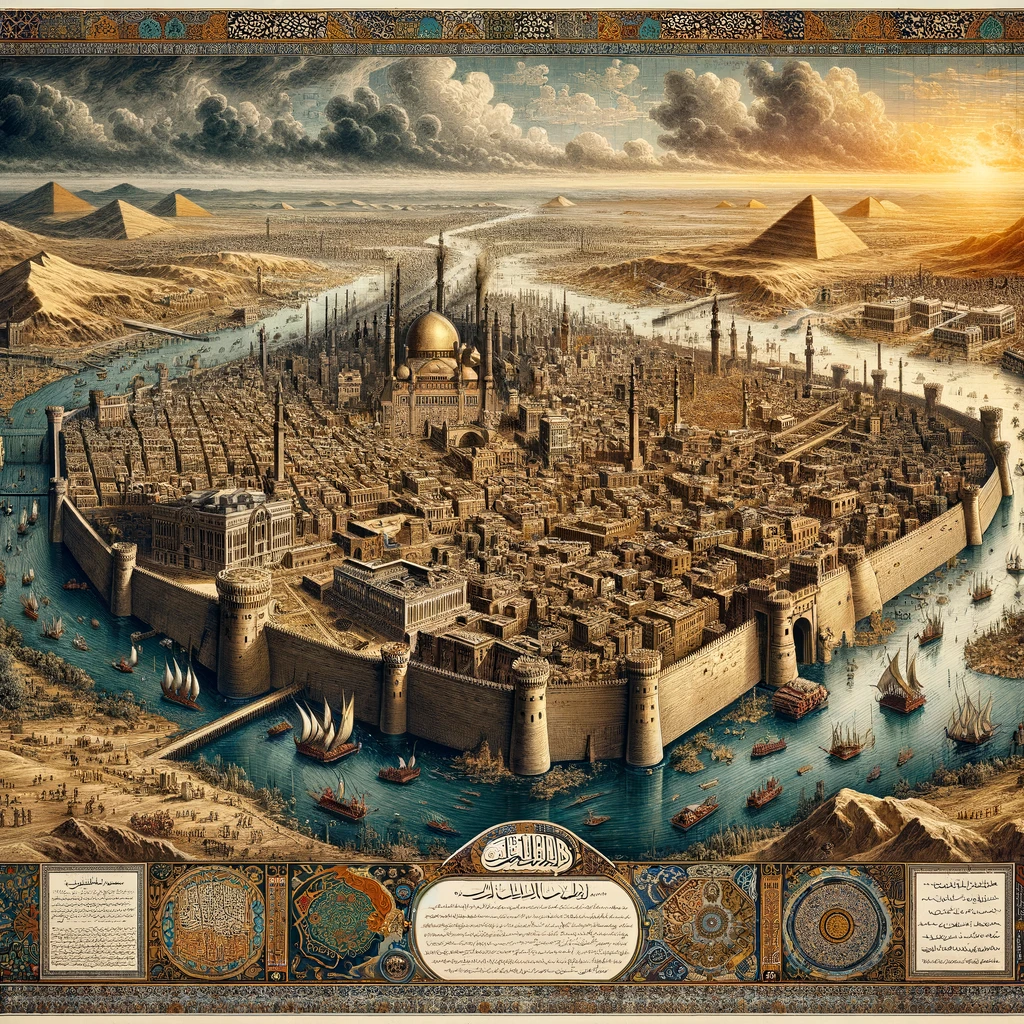
With Cairo, though, the AI really hit its stride. Throwing in pyramids and minarets with reckless abandon, it created a shimmering walled city with the Nile as its moat. Where ChatGPT presented Washington and New York as relatively modern, and Paris and London in their 19th-century state, Rome and Cairo are distinctly more antiquated and honestly better for it. If you can’t quite get reality right, go with medieval fantasy.
This may be a high-end visual pastiche, but it is certainly elegant. Over the last year or so, War on the Rocks has received a number of article submissions that claim to have been written by AI extolling the promise and potential of AI. To date, none of them have passed our threshold for publication. If and when one finally does, it will be a legitimately hype-worthy moment – the analytical equivalent of a 3D printer printing a 3D printer, or a drone being delivered by drone.
And what kind of maps will this caliber of program be able to produce? I asked ChatGPT to show me a historic map of Rome as generated by an even more advanced form of AI. Undeterred by any logical reservations, it provided a truly compelling vision of Space Rome, with at least 3 1/2 coliseums all radiating around a central one.
In what sense is this historic? The point is, in the future, the past will be the future. And AI will make it possible.

Thank you for reading Mid-Afternoon Map. Readers can send comments, criticism or more maps to nick.danforth@warontherocks.com.

